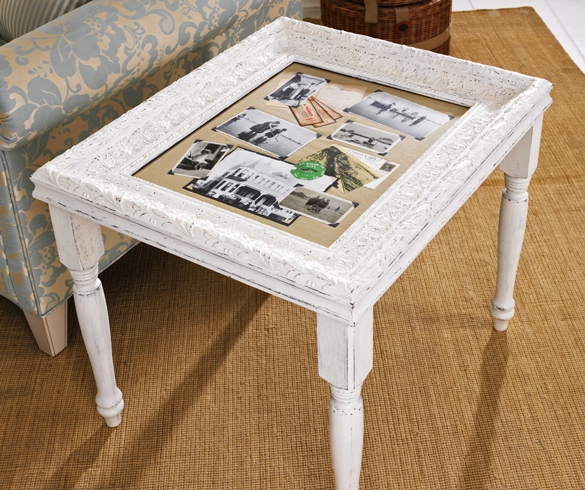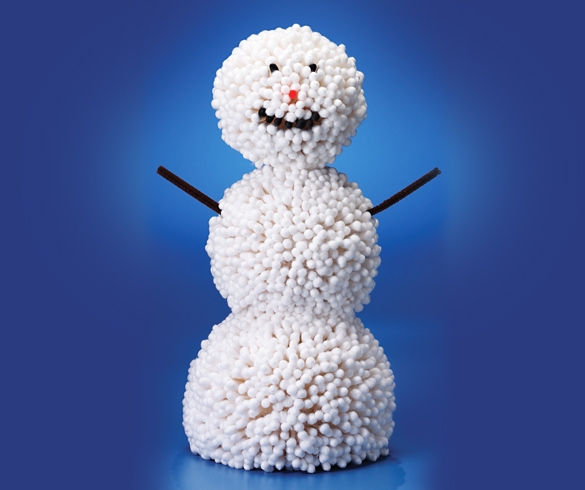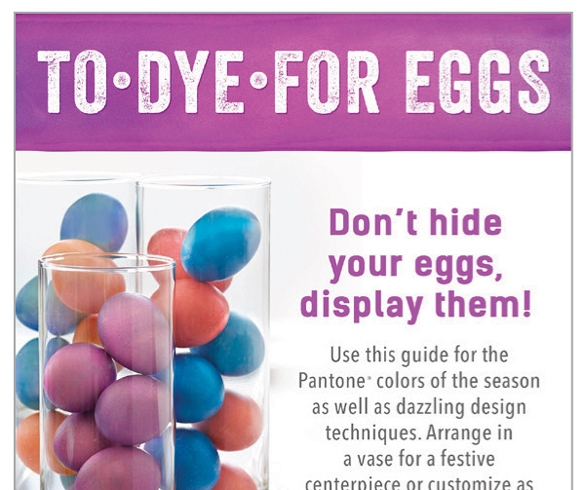
It\’s easy to grow your own sprouts at home. Sprouting takes only one to three days, so you\’ll be tossing fresh sprouts into your favourite recipes in no time.
Homegrown sprouts are an easy, quick, meat-free, highly digestible protein source. Without touching a stove or a bag of soil you can have freshly grown, low-fat, high-flavour sprouts within days.
Sprouting also drastically reduces cooking times and nutrient loss from boiling. While larger sprouts such as chickpeas and buckwheat are less common than the smaller alfalfa and mustard popping up in sandwiches everywhere, they’re even easier to grow; and they reward eaters with their sweet, juicy crunch.
Sprout at home
While sprouting takes from one to three days, once sprouted they can be tossed directly into dishes, unlike dry lentils or beans that require from 20 minutes to an hour and a half of boiling. Sprouted grains and beans can even be substituted one-for-one for their cooked versions, and unlike meat or fish, a few extra days in the fridge, raw or as leftovers, won’t hurt either.
The nutrition breakdown
There’s no need to trade flavour for health with sprouting. These nutritional powerhouses contain everything a plant needs to grow. Sprouting alkalizes otherwise acidic grains and legumes. It also neutralizes phytic acid and enzyme inhibitors in foods, allowing for better overall digestion and absorption of acid-binding minerals including calcium, magnesium, iron, copper, and zinc.
Beans, beans, good for the heart
We all know how a meal of beans can leave you feeling bloated and uncomfortable, but sprouting legumes helps convert gas-causing complex carbohydrates into easier-to-digest sugars. So there’s no need to worry about the aftermath of a bean-heavy meal.
How to sprout
All you need to make your own sprouts at home is a clean regular or wide-mouth mason jar (or any sterilized glass jar) and a mesh screen (like a piece of window screen) to cover the jar opening.
If you don’t have a piece of mesh, you can use a fine-mesh sieve, cheesecloth, or even pantyhose stretched over the jar opening—anything that allows water to pass through without collecting at the jar lip. The seeds will develop mold from sitting in water for too long or touching soaking wet material.
You can buy regular quinoa, buckwheat groats, and dry chickpeas at most grocery stores, bulk stores, and health food stores, though the buckwheat may prove more difficult to find.
1. Put 3 Tbsp (45 mL) of seeds in a 2 cup (500 mL) or 4 cup (1 L) jar. Top with mesh and screw on a mason jar ring band or fasten securely with a plastic band. If using a regular glass jar (a used tomato sauce jar, for example), remove lingering smells and bacteria by sterilizing the jar before using.
2. Fill with water and let soak, upright, for 8 hours.
3. Rinse and drain the seeds a few times. Buckwheat has a slimy coating that requires a few rinses.
4. Drain the jar a final time and place it upside down on an angle. Use a dish rack or a deep bowl, or invent a more complicated stacking system if you’re an engineer or LEGO champion. If using a bowl the jar needs to be on an angle to ensure that the seeds aren’t sitting in water that has drained from the jar. If using a dish rack or other system where the jar is suspended above the collecting water, the jar can be kept straight upside-down.
5. Rinse the seeds two or three times a day—once in the morning, once at night, and once at lunch, if possible—for one to four days, until tails start to appear.
6. Transfer dry sprouts to a clean jar or container and store in the fridge for up to one week. If the sprouts aren’t completely dry they can become moldy, in which case they should be thrown out. If the seeds are damp when storing, set them on a paper towel in a container. Remove paper the next day.
How to sterilize a glass jar
Clean the jar with hot, soapy water. Place it in the oven. Set the oven to 220 F (105 C). When the oven reaches desired temperature, set timer for 20 minutes. After 20 minutes turn off oven and remove jar from oven, or leave inside until ready to use.
Recipes
- Sprouted Chickpea Hummus with Lemon and Smoked Paprika
- Sprouted Quinoa Pilaf with Miso Dressing
- Candied Walnut and Sprouted Buckwheat Salad with Apple Vinaigrette







